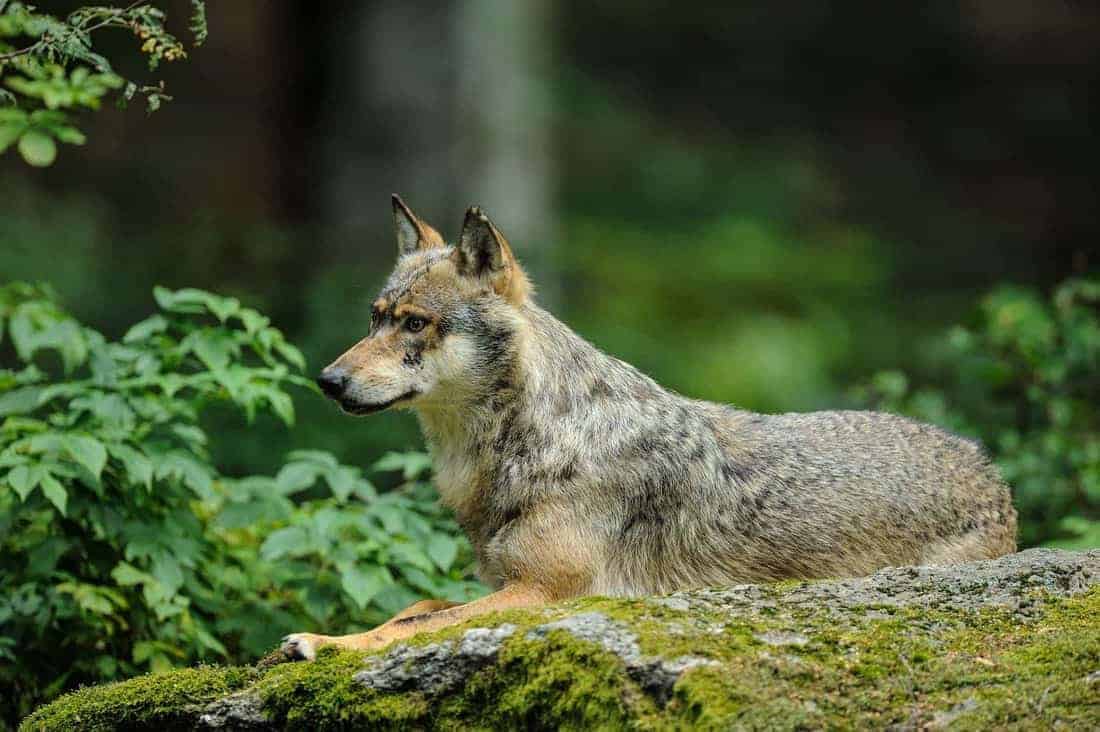Romanian lynx help save Dinaric lynx from extinction
Recently, two lynx found a new home in Slovenia and Croatia, in efforts to conserve the Dinaric-South Eastern Alpine lynx population. Goru and Doru, as the lynx are named, were released at the beginning of May as a part of Life Lynx project. While they are already exploring the new area, searching for their territory, twelve more lynx are planned to be translocated there from Slovakia and Romania in the future.
Please also read: A glimpse of the lynx
The story of the Dinaric lynx
The lynx went extinct in Slovenia at the beginning of 20th century due to overhunting, habitat loss and lack of prey. Hunters gave the initiative for their reintroduction from Slovakia in 1973. From the initial six lynx the population increased and spread also to Bosnia, hence the reintroduction was very successful. However, due to the low initial population size and the lack of connectivity to other populations, the population started declining due to mating between relatives. This led to unfavourable genes appearing at higher frequencies and low genetic diversity. As a consequence, mortality rate is very high. Consequently, only around 15-20 lynx still live in Dinaric forests and the population is hence on the brink of extinction.
Lynx translocation from the Wilderness of Slovakia and Romania will increase the small population size of Dinaric-South Eastern Alpine lynx. Additionally, they will also bring new genetic diversity in the population. Additionally, five lynx will also be translocated to the border area between the Slovene Dinaric and Alpine region including the proposed Wilderness of Triglav National Park and Julian Prealps Natural Park. Hopefully, these lynx will increase the connectivity between the Dinaric and South Eastern Alpine population to prevent future inbreeding.
Lynx’s lifestyle
Lynx is a large carnivore that is rarely seen, as it is normally hiding in the forests. It likes habitats where there is little disturbance by humans during the day and where hunting is easy. It feeds on various species of deer, which appear at high abundance especially in open areas such as meadows. They kill by surprising the prey and feed on a carcass for a few days. Lynx are solitary and territorial, and they mark their territories by urine and cheek rubbing.
Lynx population in Europe is increasing and expanding. Several years ago, reintroduction of lynx took place in Kalkalpen National Park, Austria, which is also a part of European Wilderness Network. Through the National Park passes also the Lynx Trail, a 200 km long hiking path that crosses through lynx habitat. However, unfortunately lynx poaching still occurs as lynx occasionally attack livestock and are hence not welcomed by livestock owners. This destiny also befell Germany’s lynx Alus.
Life Lynx is an international project where organisations from Italy, Croatia, Slovenia, Romania andd Slovakia cooperate together. It received funding from European Union’s Life programme, whose purpose is to support climate and environment action. Recently, European Wilderness Society has also submitted a Life project on protection of livestock from large carnivores, including lynx, in German speaking Alps.









